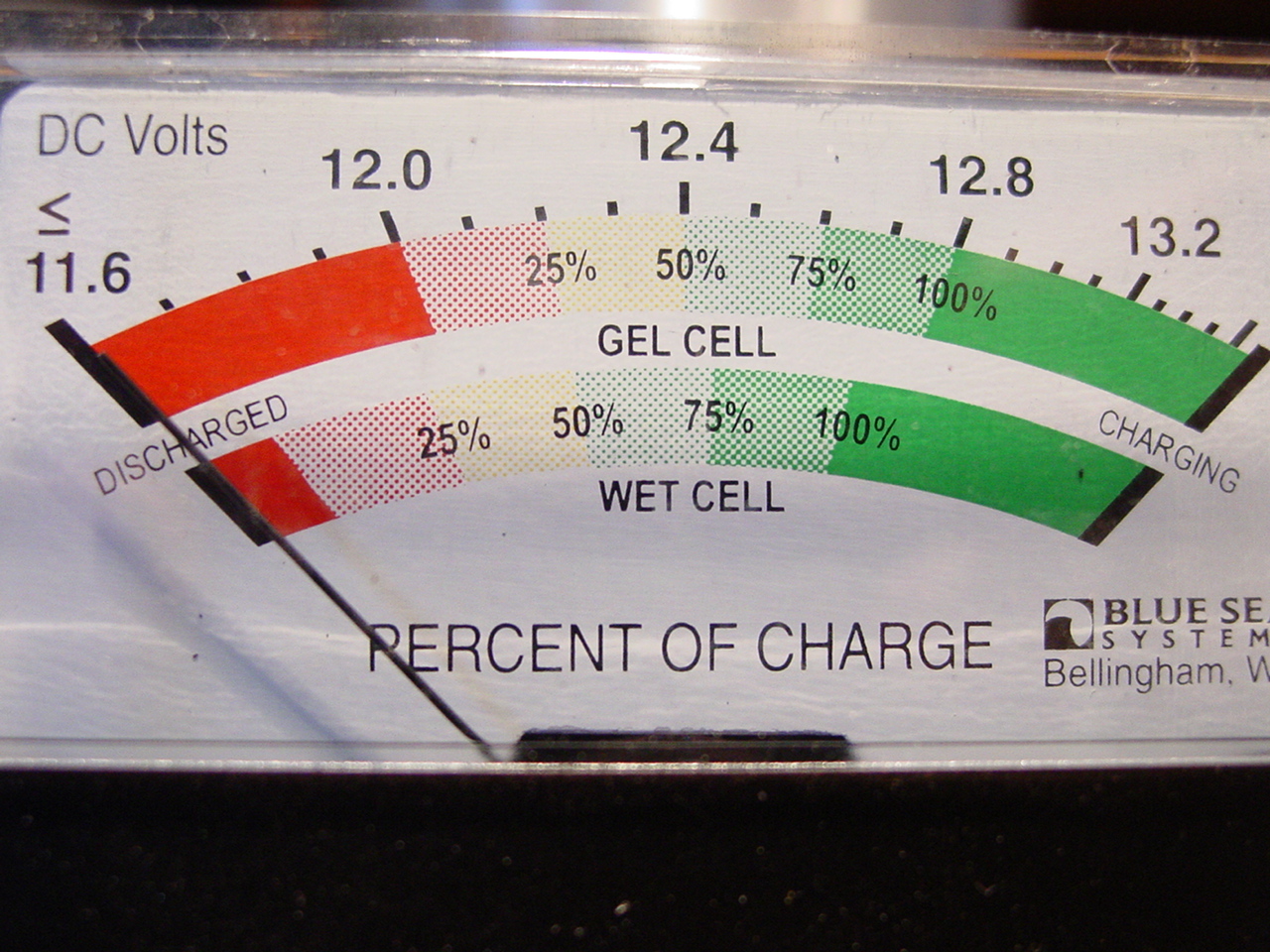Whoever set up your system did a good job.
A simple solution is to not use the both position for one pair and keep it as start or backup house. That way you will know when the on line set gets low and decide then what to do. I am not a fan of paralleled batteries and would switch between banks in normal operation anyway. If one battery in a parallel bank fails it will draw down all the others and in your case all those batteries will dump current into the one failed battery boiling it among other exciting things.
A simple solution is to not use the both position for one pair and keep it as start or backup house. That way you will know when the on line set gets low and decide then what to do. I am not a fan of paralleled batteries and would switch between banks in normal operation anyway. If one battery in a parallel bank fails it will draw down all the others and in your case all those batteries will dump current into the one failed battery boiling it among other exciting things.
Last edited:


